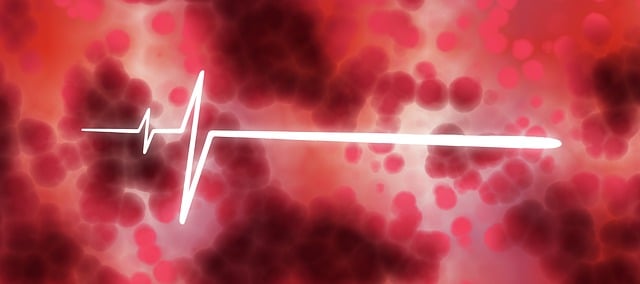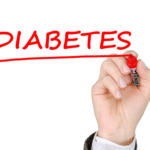High blood pressure, also known as hypertension, affects more than 1 in 3 adults worldwide, making it one of the most common and dangerous chronic health conditions. Often called the “silent killer,” hypertension usually has no clear symptoms until it causes serious complications like stroke, heart attack, or kidney disease.
If you’re looking to understand high blood pressure management, this guide will help you recognize its causes, spot warning signs, and take control through practical lifestyle changes.
What Is High Blood Pressure?
Blood pressure is the force of blood pushing against your artery walls. It’s measured in millimeters of mercury (mmHg) and recorded as two numbers
-
Systolic (top number) Pressure during heartbeats
-
Diastolic (bottom number) Pressure between heartbeats
A normal reading is around 120/80 mmHg. You are considered to have high blood pressure if your readings are consistently
-
Stage 1 Hypertension 130–139 / 80–89 mmHg
-
Stage 2 Hypertension 140+ / 90+ mmHg
Common Causes and Risk Factors
High blood pressure can develop from a combination of lifestyle and genetic factors. Common causes include
-
Poor diet (high salt, low potassium)
-
Sedentary lifestyle
-
Smoking and alcohol use
-
Obesity or being overweight
-
Stress
-
Family history of hypertension
-
Chronic conditions like diabetes or kidney disease
Symptoms to Watch For
Most people experience no symptoms, which is why regular screening is so important. However, extremely high blood pressure may cause
-
Headaches
-
Blurred vision
-
Chest pain
-
Shortness of breath
-
Fatigue or confusion
-
Nosebleeds (in rare cases)
If you experience these, seek medical help immediately.
Lifestyle Tips for High Blood Pressure Management
Taking control of your blood pressure doesn’t always require medication simple, daily changes can significantly reduce your risk and improve your heart health.
1. Eat a Heart-Healthy Diet
-
Follow the DASH Diet (Dietary Approaches to Stop Hypertension) rich in fruits, vegetables, whole grains, and low-fat dairy.
-
Reduce salt intake Aim for less than 1,500 mg/day.
-
Avoid processed foods, sugary snacks, and trans fats.
2. Get Regular Physical Activity
-
Aim for 150 minutes of moderate activity per week, like walking, swimming, or cycling.
-
Include strength training 2 days/week for added benefit.
3. Manage Stress
-
Try deep breathing, yoga, or mindfulness meditation.
-
Prioritize sleep and set healthy boundaries in your personal and work life.
4. Maintain a Healthy Weight
-
Losing even 5–10% of your body weight can help lower blood pressure.
-
Monitor BMI and waist circumference as part of your health goals.
5. Quit Smoking and Limit Alcohol
-
Smoking raises blood pressure and damages arteries.
-
Limit alcohol to 1 drink/day for women and 2 drinks/day for men.
When to See a Doctor
Even if you feel fine, get your blood pressure checked regularly, especially if you have a family history or risk factors. Early intervention can prevent life-threatening complications.
Your doctor may prescribe medication in addition to lifestyle changes, especially if your levels are consistently elevated.
High blood pressure management is about being proactive, not reactive. By making heart-smart lifestyle changes and monitoring your health regularly, you can prevent complications and lead a healthier, longer life.
It’s never too late to take control your heart will thank you for it.


